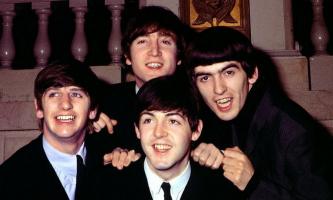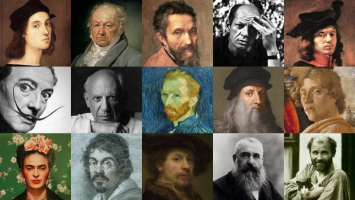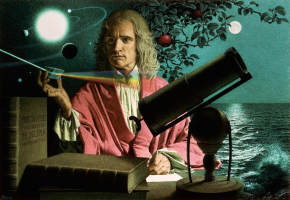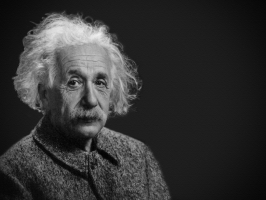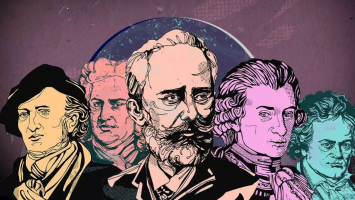Top 10 Greatest Engineers of All-Time
Applying mathematical and scientific ideas to practical circumstances is the practice of engineering. The people who actually develop the things that make all ... read more...of that possible, from complex lab apparatus to massive city projects, are engineers, even though scientists typically receive all the credit for all of humanity's scientific accomplishments. Even though their identities have mostly been lost to history, some of the greatest engineers in history also happened to be brilliant scientists.
-
Charles Babbage's birthplace and exact year are unknown, but other sources indicate that it was likely in London sometime in 1791. Babbage, in contrast to many other innovators on this list, never attended school and learned most of what he needed to know by himself. But because he excelled in mathematics and calculus, he was accepted by 1811 to the elite Trinity College in Cambridge.
Charles Babbage would establish himself as a significant player in the history of early computers during the course of his life. His development of the Difference Engine, and later the Analytical Engine, which are now regarded as the first mechanical computers, was possibly the most significant of his numerous contributions to the fields of mathematics and engineering.
His plans were decades ahead of their time and far beyond the capabilities of the technology he had access to, making them impossible to construct during his lifetime. The Difference Engine would eventually be successfully recreated, despite the fact that many of his other prototype engines are still unfinished. Babbage's contributions to early computation have earned him the title "father of computers," although most of his early work was never funded by either his contemporaries or the British government.
Born:26 December 1791London, England
Died:18 October 1871 (aged 79) Marylebone, London, England
Alma mater: Peterhouse, Cambridge
Known for: Difference engine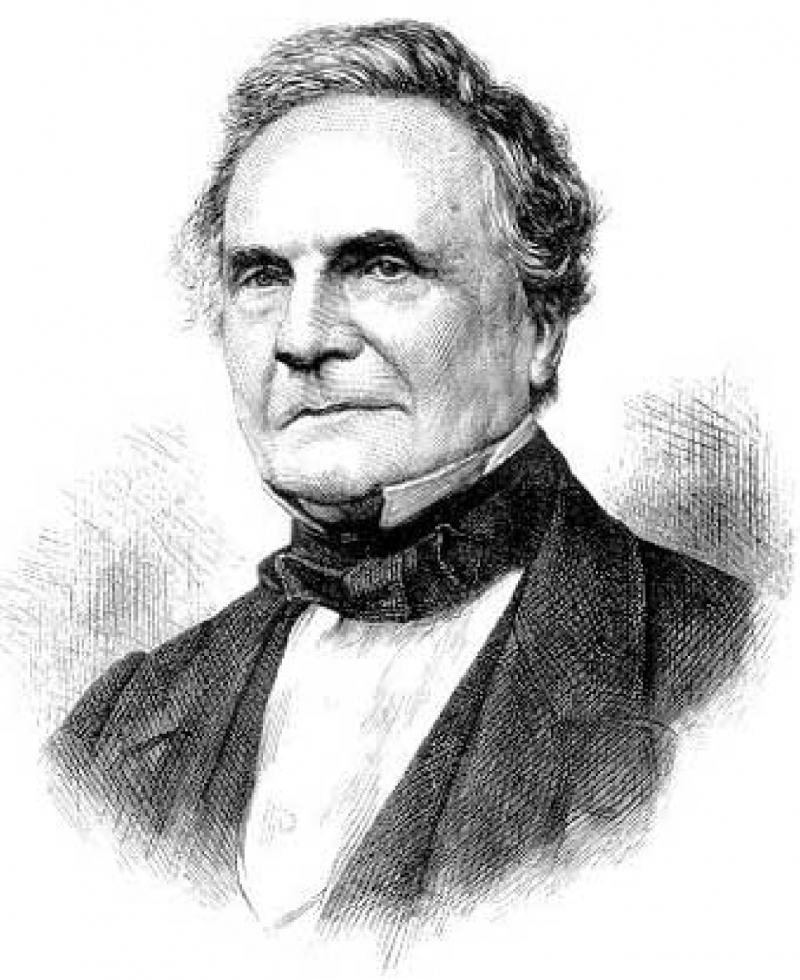
http://susantapanigrahi.blogspot.com 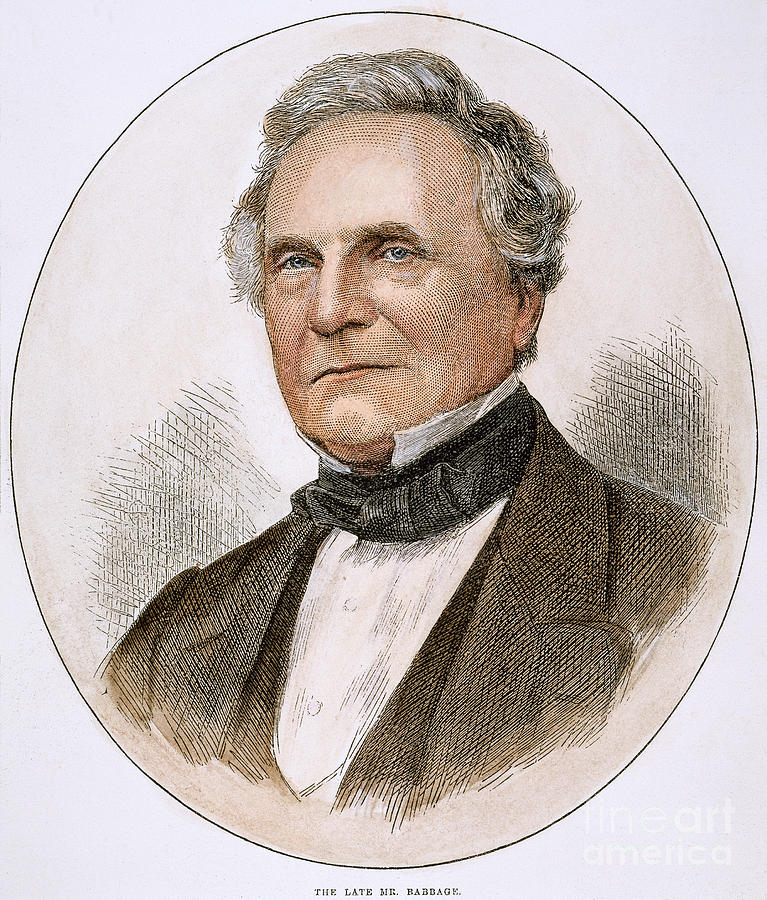
https://fineartamerica.com -
Ismait al-Jazari was a prolific polymath from the Islamic Golden Age, which lasted for about five centuries and was marked by a renaissance in science, culture, and society throughout the Islamic world. It began with the founding of the Abbasid Caliphate in the eighth century. Al-Jazari, who was born in 1136, drew on the achievements of other renowned scientists and inventors from the area, and his creations have been acknowledged as having had a significant influence on Leonardo da Vinci and other European inventors of the European Renaissance.
While little is known about al-early Jazari's years due to the loss of many records from that period, we do know that over the course of his life, he created over 50 different types of unusual devices, including an elephant water clock, a mechanism for raising water for irrigation and other uses, as well as numerous different types of automata. His masterpiece, The Book of Knowledge of Ingenious Mechanical Devices, which continues to be a significant work in the history of early engineering, has illustrations of his creations.
Born: 1136 CEJazira, Artuqid State
Died: 1206 CE
Religion: Islam
Era: Islamic Golden Age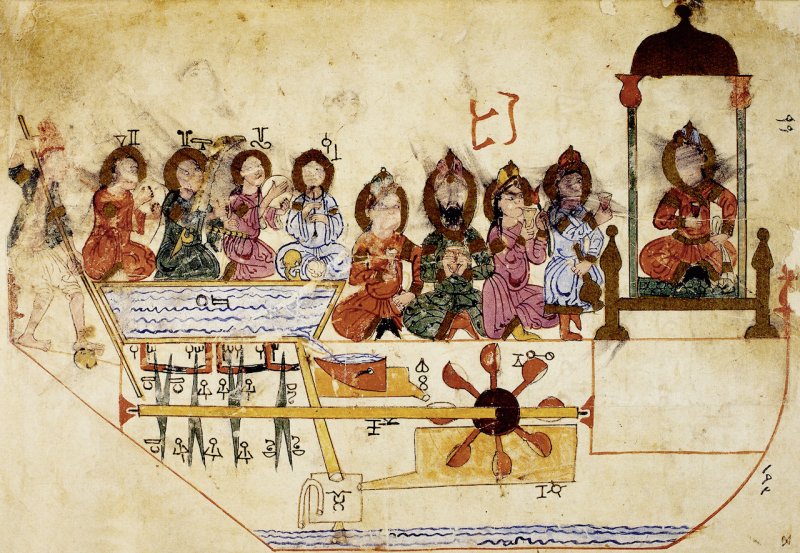
https://5wgraphicsblog.com/ 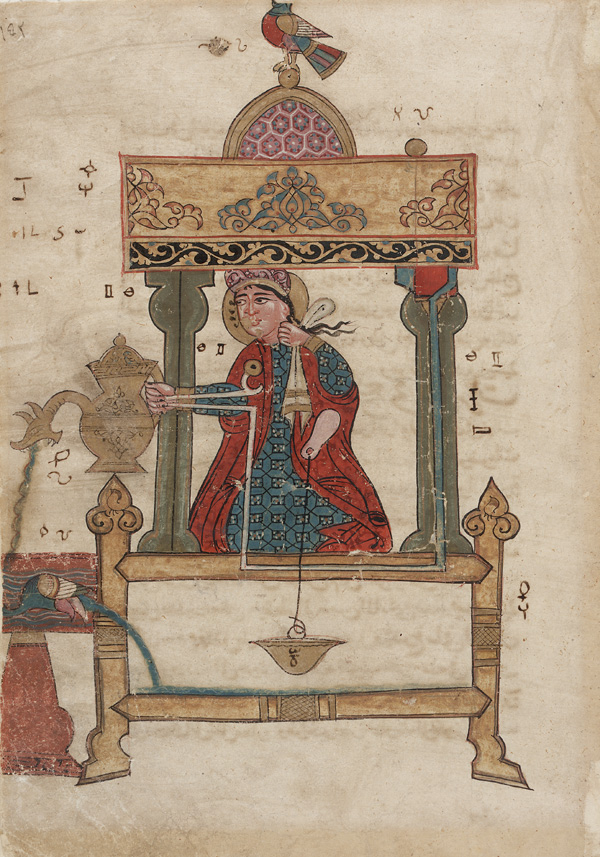
https://5wgraphicsblog.com/ -
Also known as the "father of tubular designs" for high-rise structures, Fazlur Rahman Khan is credited with being one of the first modern architects to use computer-aided designs, or CAD. One of the best engineers of the 20th century unquestionably, Khan's ideas can be seen in contemporary skyscrapers all around the world, even those he wasn't personally involved with, like the original World Trade Center in New York.
Khan, who was born in 1929 in Dhaka, Bangladesh, began working for the eminent Chicago architectural firm Skidmore, Owings & Merrill in 1955. In the latter half of the 20th century, his tubular designs—particularly the "bundled tube" structural system, which reduced the amount of construction material needed—led to a type of revolution in skyscraper architecture. The John Hancock Center in Chicago, the Haj Terminal at the King Abdul Aziz International Airport in Jeddah, Saudi Arabia, and other notable structures are among Fazlur Rahman Khan's best-known creations.
Born; 3 April 1929Dhaka, Bengal Presidency, British India(present‑day Bangladesh)
Died: 27 March 1982 (aged 52)Jeddah, Saudi ArabiaDiscipline: Architectural, civil, structural
Significant design: John Hancock Center, Willis Tower, Hajj Terminal, King Abdulaziz University, One Magnificent Mile, Onterie Center
https://www.perunity.com 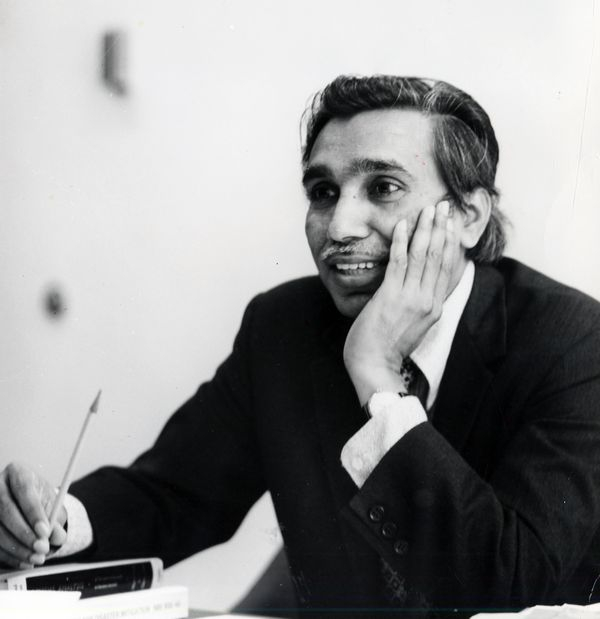
https://www.thewhyculture.com -
Despite the fact that the majority of people today are unlikely to have heard of Nikolaus August Otto, who was born in Holzhausen, Germany, in 1832, he is nevertheless regarded as one of the most significant inventors of the Industrial Age. Otto can be solely credited with designing the technology that made it all possible—the four-stroke internal combustion engine—despite the fact that several engineers and businesses contributed to the invention of the modern automobile in different ways.
Otto's engine, which was constructed in 1876 and was a significant advancement over Étienne Lenoir's two-stroke system in many areas, served as the first functional substitute for the then-common steam engine. The Otto Cycle, which consists of the four stages of intake, compression, combustion, and exhaust, is still referred to as such in his honor. In August 1885, Gottlieb Daimler created the first motorbike, and almost all automobile engines produced since then have been based on his idea.
Born: 10 June 1832Holzhausen an der Haide
Died: 26 January 1891 (aged 58)Cologne
Nationality: German
Occupation: Engineer
Known for: Internal combustion engineFounder of Deutz AG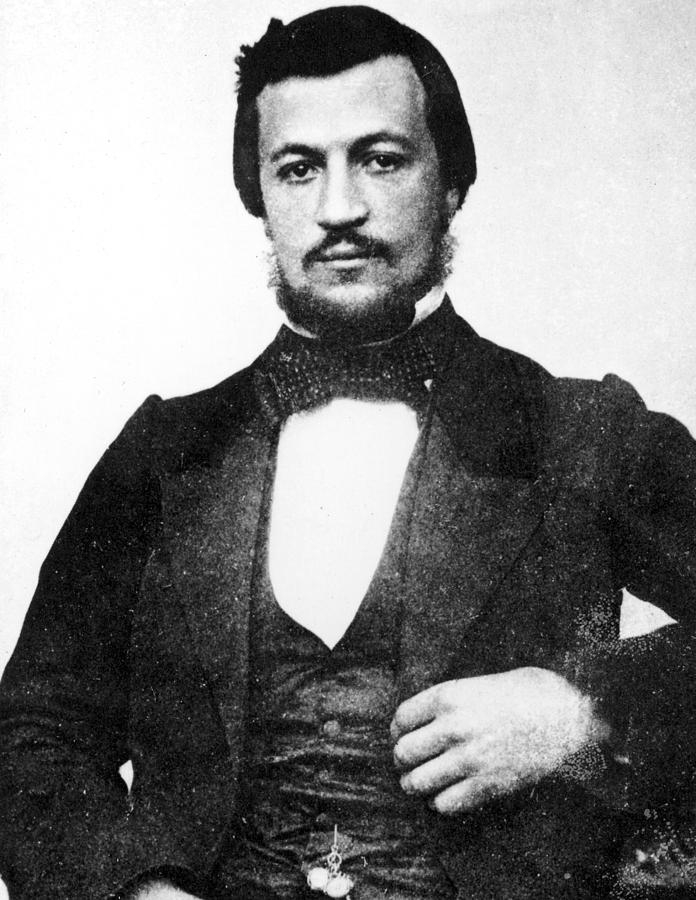
https://pixels.com 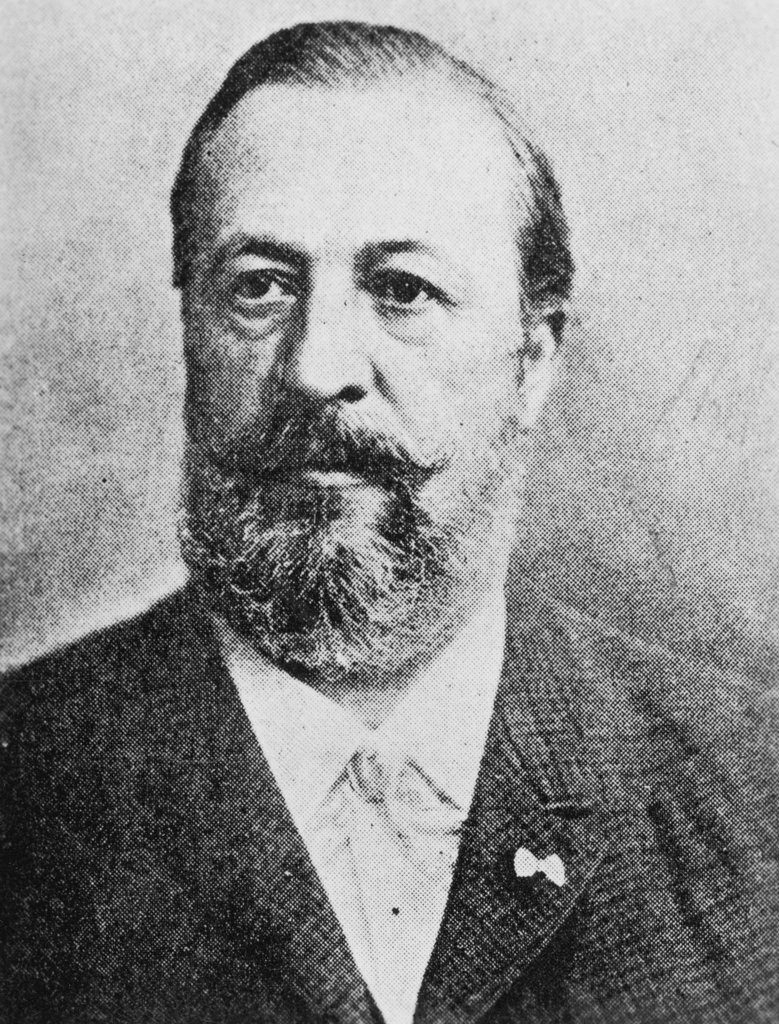
https://www.biografiacortade.com/ -
Archimedes was undoubtedly one of the greatest minds of classical antiquity. He was born in Syracuse, Sicily, in 287 BC. Even though he was always more interested in theorems and proofs than in building anything, he was one of the greatest engineers of his day and is primarily renowned for his contributions to mathematics, particularly early geometry.
King Hieron II of Syracuse oversaw the creation of several of Archimedes' finest innovations. He created a lever and pulley system that, with a straightforward mechanism, could quickly and simply launch massive, newly made ships into the water. Archimedes is also credited with creating the first functional odometer, an innovation that other early inventors later embraced and improved. During the Punic Wars between Ancient Carthage and the Roman Republic, he also produced other useful war machines in addition to a huge Iron Claw to stop advancing ships.
Archimedes perished during the siege of Syracuse when a Roman soldier killed him in spite of orders not to do so. Cicero writes about visiting Archimedes' tomb, which was topped by a sphere and a cylinder as a representation of his mathematical discoveries, as Archimedes had requested.
Born: c. 287 BCSyracuse, Sicily
Died: c. 212 BC (aged approximately 75)Syracuse, SicilyFields: Mathematics, Physics, Engineering, Astronomy, Mechanics
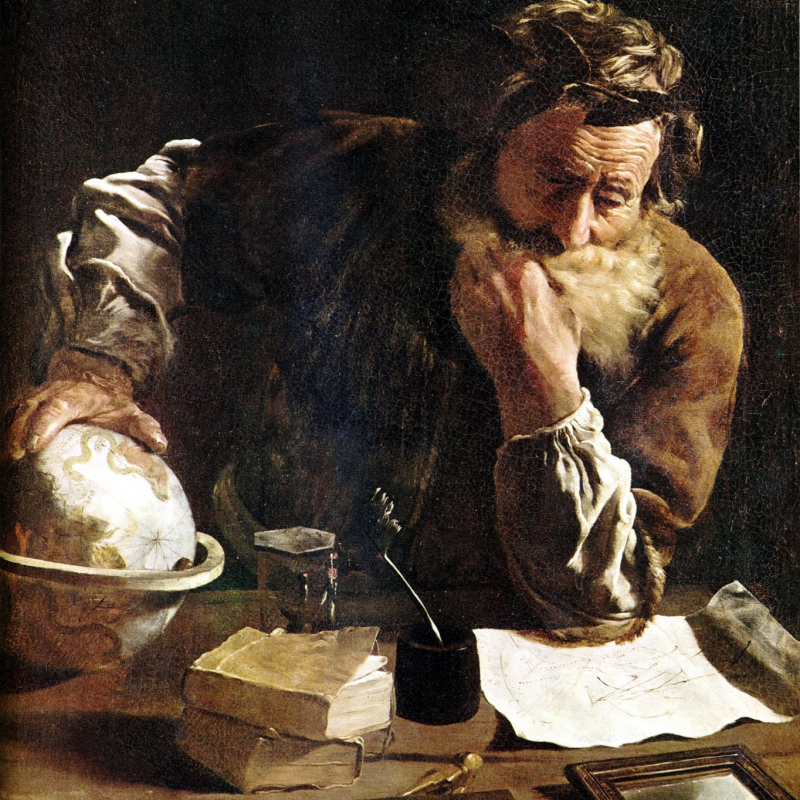
http://en.protothema.gr/ 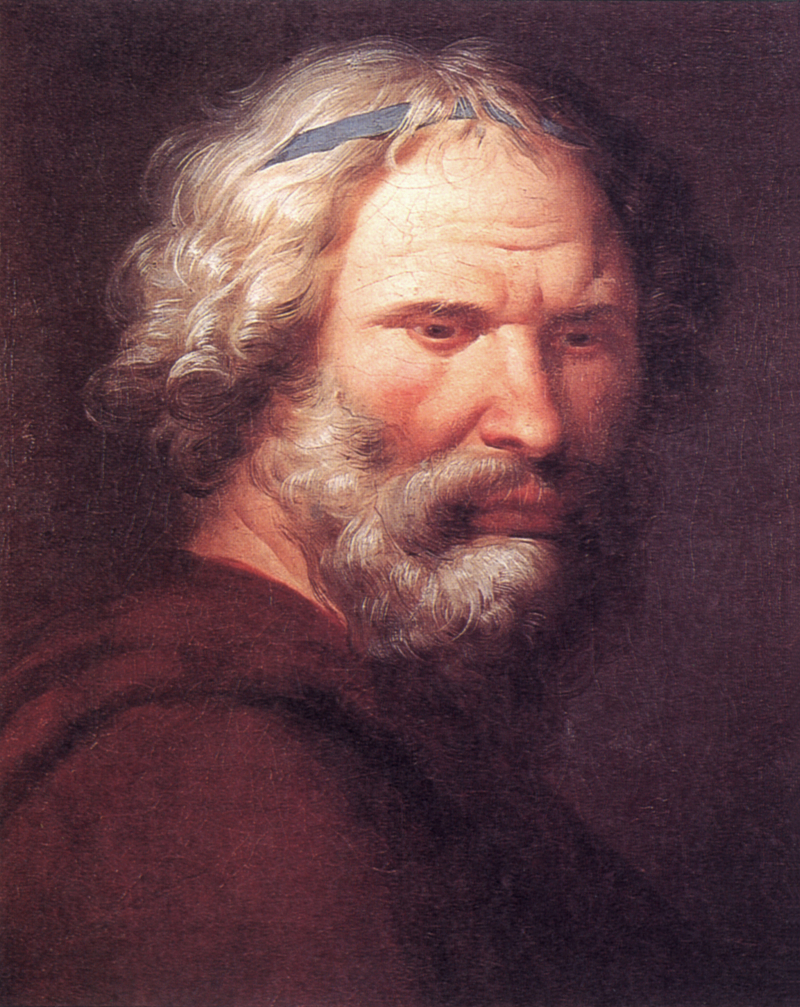
http://commons.wikimedia.org/ -
Yes, the character from The Mummy was inspired by a real person. First, let's get that out of the way. Although we do know a few facts about the real Imhotep, it is impossible to pinpoint anything about his life because it occurred so long ago. His accomplishments occurred approximately 2600 BC, during the rule of Djoser of the Third Dynasty, or the first Old Kingdom dynasty, according to archaeological evidence from later Egyptian sources. He may have been the first person ever to be deified and adored as a god because of his enormous importance to Egypt.
Imhotep was the first architect, at least the first architect who appears in historical documents, regardless of mythology. He left his mark on some of the most magnificent ancient Egyptian buildings in and around Cairo, including the Djoser step pyramid complex at Saqqara, also known as "The Refreshment of the Gods." It was a historically first design that was carried out totally under his direction and utilized stone-dressed building and column styles. Not only that, but around around this time, ancient Egyptian structures began to become more intricate and complex, indicating that Imhotep may have played a bigger influence in ancient Egyptian architecture than we may ever realize.
It's challenging to determine the precise impact of Imhotep's works because archeological evidence tends to exaggerate his accomplishments. He was also a gifted physician and, well, a God. Imhotep's tomb, however, has never been discovered, and it might contain some hints as to the extent of his engineering and scientific accomplishments.Burial place: Saqqara (probable)
Other names: Asclepius (name in Greek) Imouthes (also name in Greek)
Occupation: chancellor to the Pharaoh Djoser and High Priest of Ra
Years active: c. 27th century BCE
Known for: Being the architect of Djoser's step pyramid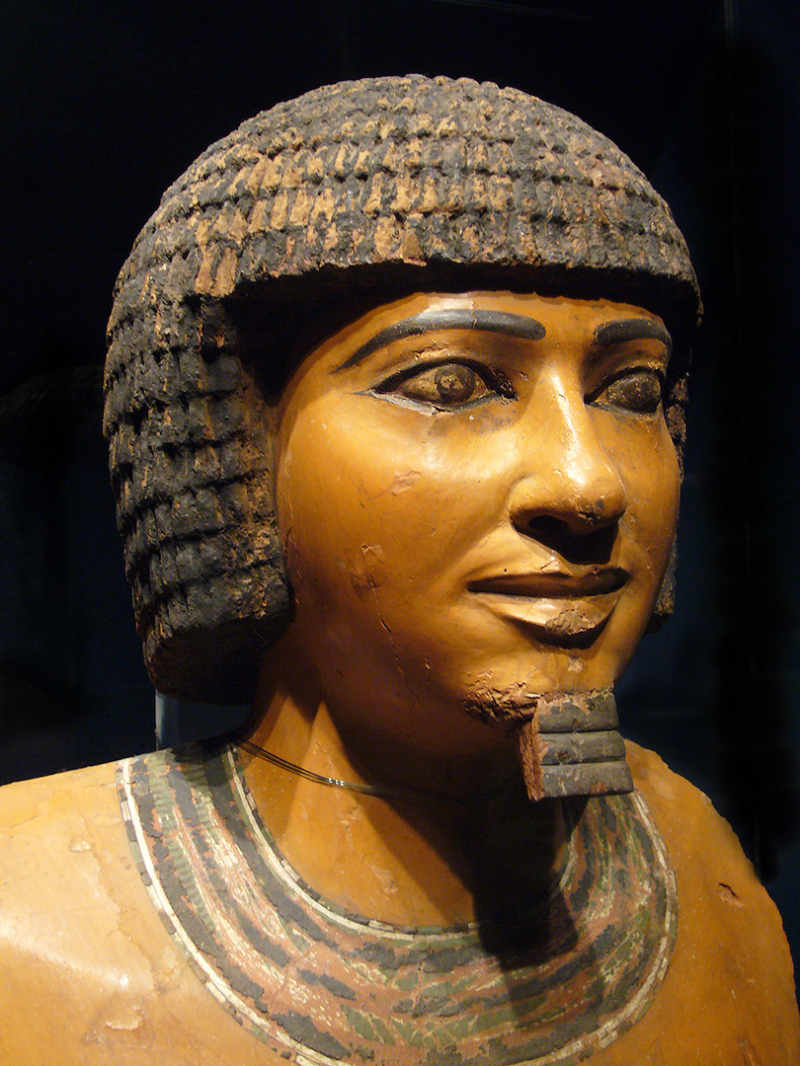
https://shaunamanfredine.blogspot.com 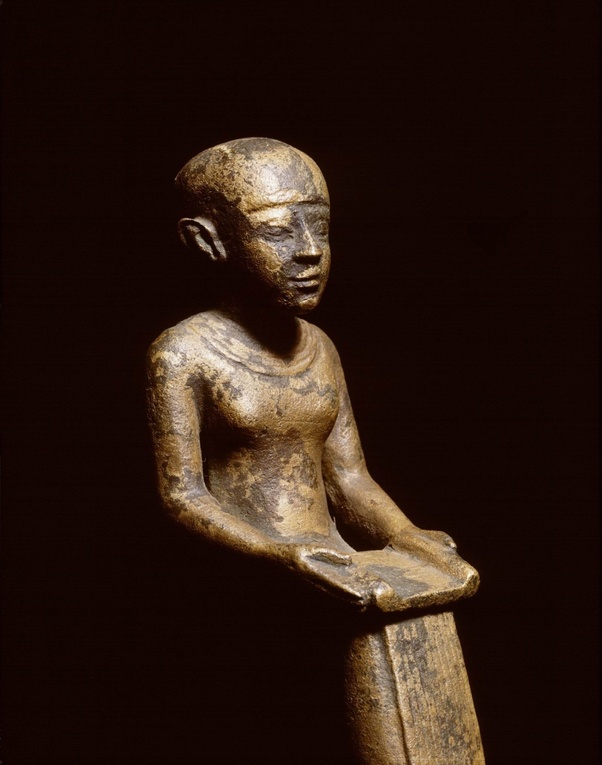
https://www.quora.com/ -
Jacques de Vaucanson created and invented a wide range of objects. He was an automata pioneer and was born in 1709; without his efforts, many of the machines that gave rise to the Industrial Age would not have been feasible. Vaucanson created a life-size traverse flute player in 1737 who was capable of playing a total of twelve songs, which was unheard of at the time. He created The Digesting Duck in 1738, which is still regarded as a masterpiece of the era. It was an impressive replica of a duck with hundreds of parts that could flap its wings, eat and drink, and even feces.
The all-metal slide rest lathe he created in 1750, however, was his most significant creation. Although lathes, a type of machine tool with an axis used to perform various industrial tasks, had been around since ancient times, he significantly improved the design for his time, giving the world a foundational machine. Vaucanson's innovations served as the foundation for almost every automatic device created during the Industrial Revolution, including the Jacquard loom.
Born: 1709
Died: 1782
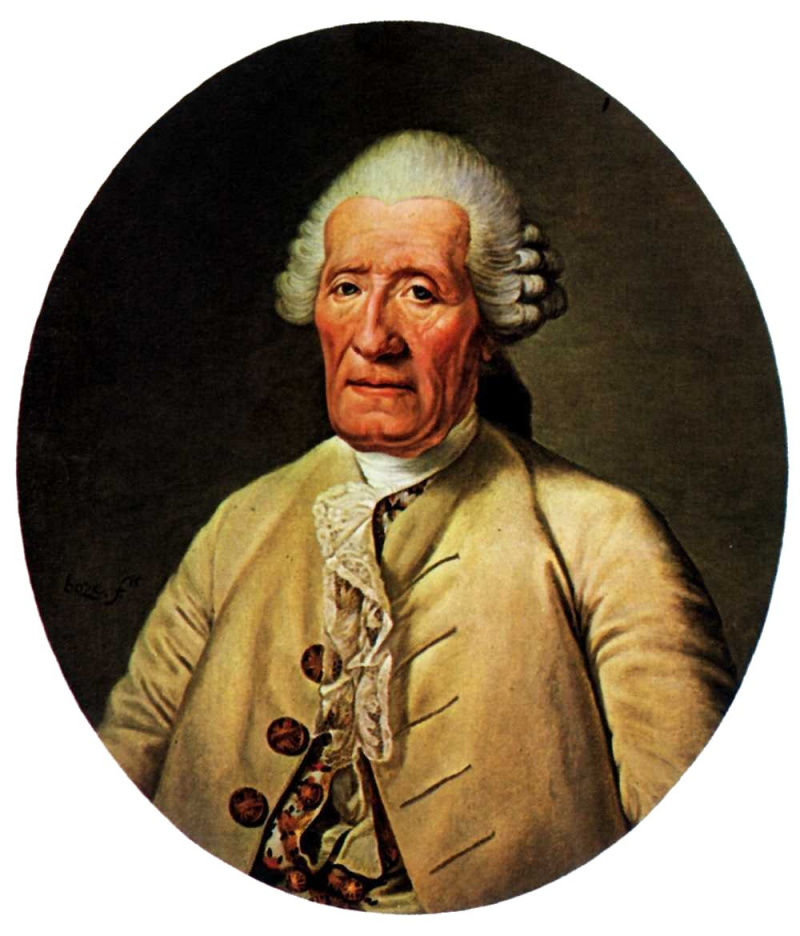
http://henrivanbentum.blogspot.com/ 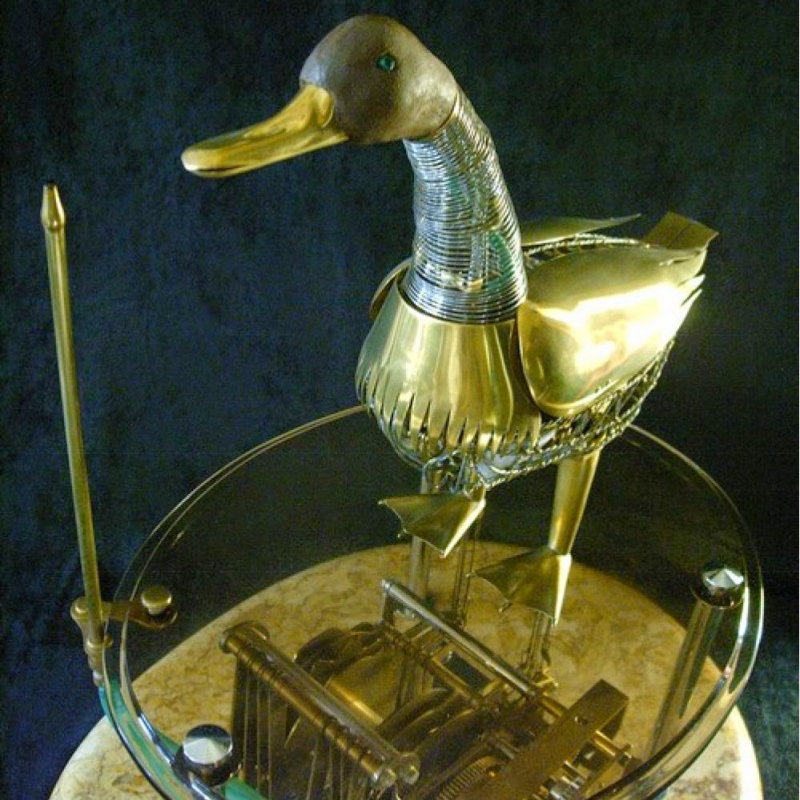
http://rodama1789.blogspot.com/ -
American actress Hedy Lamarr, who was born in Austria, is best known for her work in several great films, including Algiers, Samson and Delilah, and Come Live with Me. She is frequently referred to as one of the most gorgeous actors of all time, inspiring well-known animated characters like Catwoman and Snow White. The fact that Lamarr was both a talented engineer and the creator of the technology employed in many modern communications systems makes her contribution to modern science considerably less well-known.
Lamarr, who was mostly self-taught and lacked formal training, experimented with a variety of pastimes and ideas in her free time, including a traffic stoplight and a tablet that would dissolve in water to produce a fizzy beverage. Lamarr admitted that the drink didn't work out since it tasted like Alka-Seltzer. Lamarr developed a technique known as frequency hopping during World War II that may be used to prevent enemy jammers from interfering with radio-controlled torpedoes. Even though it wasn't utilized during the war, the US Navy heavily utilized it in the 1950s, even though she was never.
Born; Hedwig Eva Maria Kiesler, November 9, 1914, Vienna, Austria-Hungary
Died: January 19, 2000 (aged 85), Casselberry, Florida, U.S.Occupation: Actress, inventor
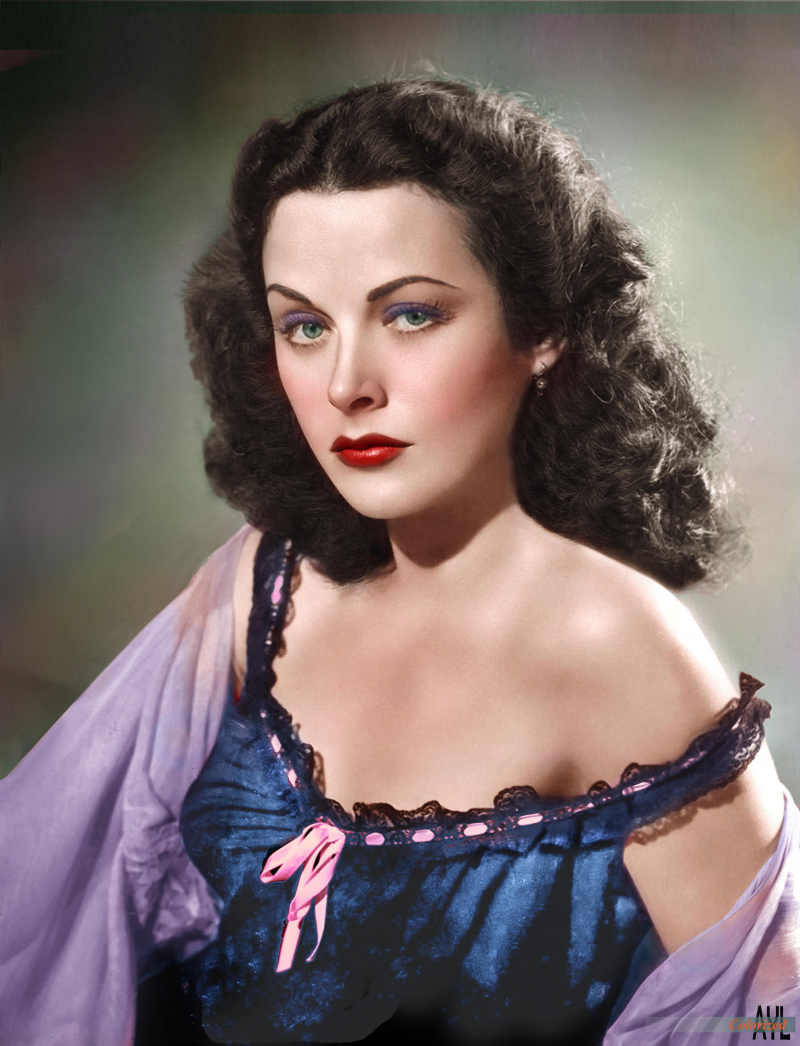
https://www.reddit.com/r 
http://stirredstraightup.blogspot.com/ -
During the early stages of the Italian Renaissance, as the first modern engineer, planner, and sole construction supervisor, Filippo Brunelleschi, an Italian architect, designer, and sculptor, is regarded as the father of Renaissance architecture. In contrast to the earlier, more ornamental style of architecture that was prevalent throughout Europe, Brunelleschi played a significant part in the development of the contemporary, scientific approach to infrastructure design.
The dome of Florence's Santa Maria del Fiore Cathedral was Filippo Brunelleschi's most well-known creation, and it was constructed using tools he created especially for the job. His use of geometry and proportion in architecture served as a model for many subsequent Italian engineers and inventors. Brunelleschi, who was also a skilled goldsmith and sculptor in addition to being an engineer, was made a master of the Arte della Seta, or the Silk Guild of Florence.
Born: Filippo di ser Brunellesco di Lippo Lapi, 1377Florence, Republic of Florence
Died: 15 April 1446 (aged 68–69)Florence, Republic of Florence
Known for: Architecture, sculpture, mechanical engineering
Notable work: Dome of Santa Maria del Fiore
Movement: Early Renaissance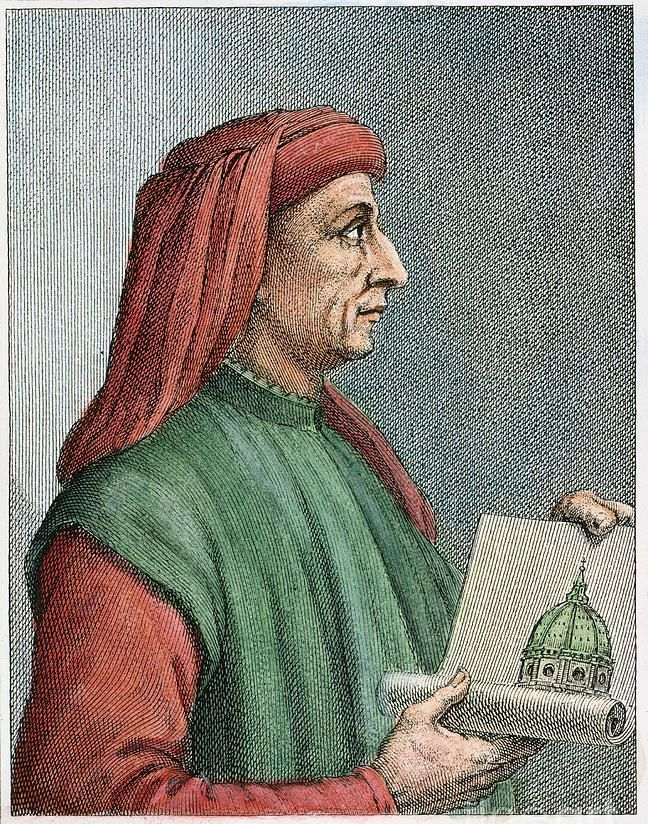
https://www.historycrunch.com 
https://emebis.blogspot.com/ -
Before the invention of radio and other electronic modes of communication, night flares played a significant role in early modern warfare as a means of communication. They were created and copyrighted in 1859 by Martha Coston, who used them to great advantage during the American Civil War. Military forces all throughout the world gradually adopted the flare and code system, paving the way for the complex flare systems still in use today.
Interestingly, Coston never had any intentions of becoming an engineer or inventor; her late husband, Benjamin Franklin Coston, was the one who first conceived of the design. However, his concept was ineffective, and Martha essentially created a successful model on her own. Some historians claim that because the Union Army was the first significant customer to buy flares in mass, her flares were essential throughout the Civil War. Induction into the National Inventors Hall of Fame took place for Coston in 2006. In Philadelphia's Laurel Hill Cemetery, Section D, Lot 62 is where Coston and her husband are interred.
Born: December 12, 1826Baltimore, Maryland, U.S.
Died: July 9, 1904 (aged 77)
Resting place: Laurel Hill Cemetery, Philadelphia, Pennsylvania, U.S.
Occupation: Owner of the Coston Signal Company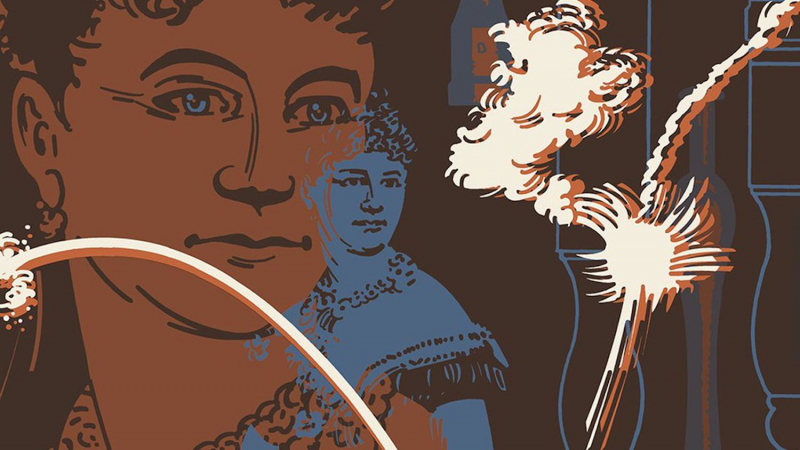
https://historyandbusiness.fr/












